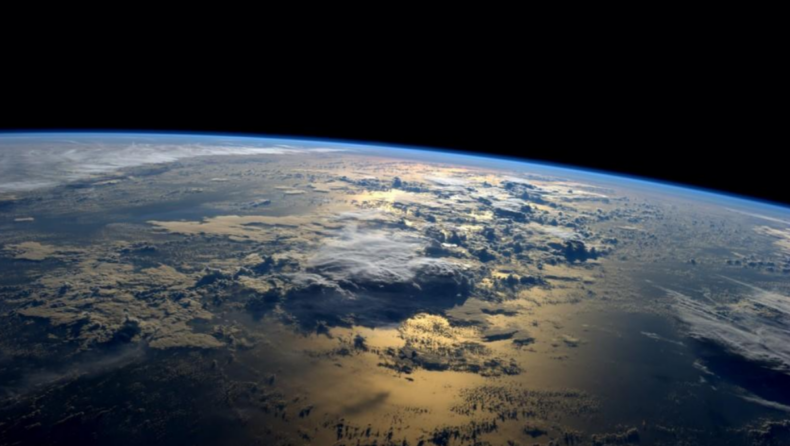Earth has recorded the shortest day, On June 29, the Earth’s rotation, or a day, was finished in 1.59 milliseconds less time than a regular 24-hour period. Since the 1960s, when researchers first started measuring the Earth’s rotating speed with precision atomic clocks, it was the shortest day ever observed. In this article, we are going to understand why the Earth has recorded the shortest day since the 1960s.
The Earth has been spinning ever-so-slightly faster in recent years, and it has been happening rather frequently lately. The day on July 26 concluded 1.50 milliseconds earlier than it did on June 29, almost shattering the record. The Earth also experienced 28 of its shortest days ever recorded in 2020, a year in which the coronavirus consumed everyone’s thoughts, according to the website timeanddate.com.
The shortest of these brief days in 2020—ending 1.47 milliseconds earlier—was July 19. One-thousandth of a second is called a millisecond. For context, consider that an eye blink typically lasts 100 milliseconds or one-tenth of a second.
So, the Earth is in a hurry. Is this new?
Actually, no. Even though the Earth has been spinning faster recently, when measured over a far longer time span, our globe is really spinning slower.
The Earth’s rotation takes a few milliseconds longer each century, and as a result, days are often growing longer. In light of this, a day would have come to an end 1.4 billion years ago in less than 19 hours, according to The Guardian’s 2018 report, which was based on similarly published scientific findings.
The moon’s gravitational attraction, which creates tidal friction and slows the Earth’s rotations, was primarily blamed in the research for the greater trend of the Earth’s slower spin.
Why then do the days seem to be becoming shorter?
The opinions of scientists are divided. Professor Matt King of the University of Tasmania told ABC news that “it’s definitely weird.” There is no doubt that something has changed, and it has altered in a way that hasn’t been observed since the 1970s when precision radio astronomy first began.
He proposed that one explanation might be surface differences brought on by climate change, which have an effect on how the Earth spins. Melting ice sheets in Greenland and Antarctica as well as modifications to ocean circulation are examples of these surface fluctuations.
“We are unsure of what is causing the Earth’s rotation to accelerate. Christian Board of the Paris Observatory of the International Astronomical Union told the Chinese news network CGTN, “We have just hypotheses. He stated, “We presume that cause is internal and is related to the motion of Earth’s core.
The Earth’s speed is influenced by a variety of factors, including changes in the planet’s inner molten core, seismic activity, wind speed, and altering atmospheric gases, according to a separate study this week from The Guardian. The paper observed that actions that move mass closer to the center of the Earth will speed up rotation, whereas actions that move mass farther out will slow it down.
According to some experts, the ‘Chandler Wobble,’ which is the term for the slight deviation in the movement of the Earth’s poles, may be responsible for the shorter duration of the day. The Sternberg Astronomical Institute of Lomonosov Moscow State University’s Dr. Leonid Zotov claims that this wobble has recently decreased and that clouds are to blame for the shorter days.
At the Earth’s surface, the Chandler wobble typically has an amplitude of three to four meters, but between 2017 and 2020, it vanished.
NASA states that “the spinning Earth is affected by various variables, including changes in the direction of the winds or ocean currents. While some of these elements can practically accelerate the planet, others can actually slow it down.
What would happen if the Earth keeps spinning faster over time?
Since the 1970s, a system of leap seconds has been employed to make sure that the time displayed on clocks corresponds to the speed of the Earth’s rotation. They entail Coordinated Universal Time (UTC) corrections of one second, the global time standard used to synchronize clocks. UTC has gained 27 leap seconds as a result of the planet’s spin slowing down throughout time.
The first “negative leap second,” which entails deducting a second from clocks, may have to be introduced if the Earth keeps spinning faster and the days thereafter get shorter.













